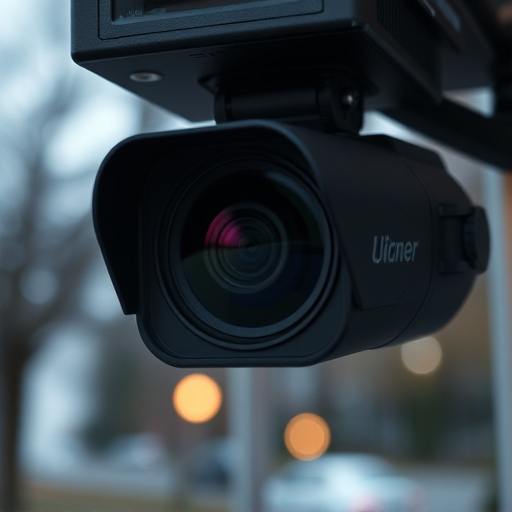Light reflection analysis, effective against low-battery, compact spy cameras, is a non-invasive method for detection showcased in the Battery Life Spy Camera Comparison. This technique identifies unique illumination patterns created by these hidden devices. By understanding battery life specifications and combining visual inspections with reflective surfaces, security measures can significantly deter covert surveillance. As a game-changer in privacy protection, light reflection analysis proves its consistency and accuracy compared to traditional methods.
In an era where privacy is a precious commodity, the detection of spy cameras has become paramount. This article delves into innovative techniques for identifying hidden surveillance devices, focusing on light reflection as a crucial clue. We explore how understanding light behavior can expose covert cameras, with a special emphasis on battery life as a telltale sign. Through a comprehensive comparison of spy camera detection methods, we aim to equip readers with the knowledge to identify and neutralize these sophisticated threats, ensuring enhanced security in personal and public spaces alike.
- Understanding Light Reflection and Its Role in Spy Camera Detection
- The Science Behind Battery Life: A Key Indicator for Spy Cameras
- Comparative Analysis of Spy Camera Detection Techniques: Uncovering the Most Effective Method
Understanding Light Reflection and Its Role in Spy Camera Detection
Light reflection plays a pivotal role in detecting hidden spy cameras, especially those with minimal battery life and compact designs that are difficult to spot. When light encounters an object, it reflects in various directions, creating a unique pattern of illumination on surfaces around the camera. By analyzing these reflections, trained eyes can identify suspicious activity. For instance, a subtle glow or irregular shading might indicate the presence of a spy camera, especially when compared against a battery life spy camera comparison, where compact models often show reduced reflection due to minimal lighting and power constraints.
Understanding this principle allows for innovative techniques to counter such devices. Reflective surfaces strategically placed in an environment can disrupt normal light patterns and make it harder for spy cameras to go unnoticed. This method, when combined with regular visual inspections, can significantly enhance security measures, ensuring that even the smallest and most advanced hidden cameras are detected.
The Science Behind Battery Life: A Key Indicator for Spy Cameras
The battery life of a spy camera is a critical factor in its overall performance and detection. When comparing different spy cameras, one key aspect to consider is how long each device can operate on a single charge. This is especially relevant for hidden or remote cameras that may be challenging to access for recharging. Longer battery life means the camera can remain active for extended periods without interruption, making it harder to detect and uncover.
In terms of spy camera comparison, energy-efficient components and advanced power management systems contribute to improved battery life. Modern spy cameras often employ low-power sensors and processors, allowing them to conserve energy while still delivering clear and sharp images. Additionally, some models offer multiple power modes—from standard to low-power—enabling users to balance performance and battery longevity based on their specific needs. Understanding the battery life specifications can be a game-changer in identifying active spy cameras, as it provides valuable insights into the potential discovery and prevention of covert surveillance.
Comparative Analysis of Spy Camera Detection Techniques: Uncovering the Most Effective Method
In the ongoing battle against covert surveillance, spy camera detection techniques have evolved significantly. One promising method gaining traction is light reflection analysis, particularly focusing on battery life as an indicator. This approach leverages the fact that hidden cameras, often powered by batteries, reflect light differently than their surroundings. By comparing the intensity and patterns of reflected light to known benchmarks, this technique can identify suspicious devices.
In a spy camera detection technique comparison, including battery life assessment, research suggests that light reflection analysis offers distinct advantages over traditional methods. It is non-invasive, making it ideal for situations where direct interaction with potential devices is limited or risky. Moreover, its reliance on battery power provides a consistent and measurable factor for differentiation, enabling more accurate identifications compared to other subjective methods. This makes the light reflection technique a compelling game-changer in spy camera detection, ensuring folks are one step ahead of those trying to invade their privacy.
In conclusion, the combination of understanding light reflection and its role in spy camera detection, coupled with a keen eye for battery life as a crucial indicator, allows individuals to employ effective strategies in identifying these hidden devices. Through this comprehensive approach—which includes comparing various detection techniques—one can stay ahead of potential privacy breaches, ensuring safety and peace of mind in both personal and professional settings. A careful Battery Life spy camera comparison highlights the importance of staying informed and proactive in defending against these covert threats.
